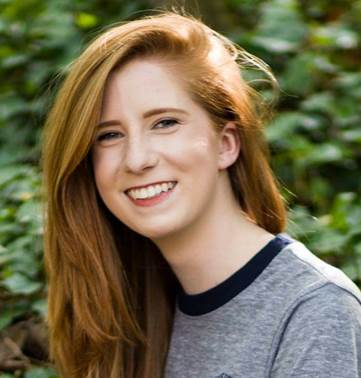Below is a summary of the abstract you submitted. Presenting author(s) is shown in bold.
If any changes need to be made, you can modify the abstract or change the authors.
You can also download a .docx version of this abstract.
If there are any problems, please email Dan at dar78@pitt.edu and he'll take care of them!
This abstract was last modified on May 9, 2016 at 2:51 p.m..

UMW Phage Hunters classes have been isolating phages from Bacillus hosts since 2011. We started out using B. thuringiensis subsp. Kurstaki, but this year we switched to B. thuringiensis subsp. Berliner (DSM-350). Both strains of B. thuringiensis have been used as microbial insecticides for pest control and are used as simulants for Bacillus anthracis in biowarfare/bioterrorism studies. Of the 19 phages isolated this year, four were sequenced. We found that three of the phages were myoviruses (Elmer, Dingus and Parsons) and were very similar to each other. Other top BLAST matches for these three include NotTheCreek, HonestAbe and Vinny, which were all isolated previously from B. thuringiensis subsp. Kurstaki as host. Elmer has a genome length of 161,643 bp, while Dingus and Parsons are both 163,610 bp long. Dingus and Parsons were isolated from the same soil sample, and were not completely identical, but we believe they are the same phage. The fourth phage we isolated, Di-ildio turned out to be very different. Di-ildio is Welsh for “unrelenting” and this phage was very difficult to isolate and its DNA was difficult to collect. Di-ildio only has one match in GenBank, vB-BanS-Tsamsa, and matches very little with anything in our Bacillus phages database. The next closest match is Troll, with a score of 293 and E value of 5e-77. vB-BanS-Tsamsa, isolated from Bacillus anthracis, was published in 2014 as the largest Bacillus phage siphovirus discovered at 168,876 nucleotides long, with a capsid measuring 82 nm and a tail 440 nm long. Di-ildio is 171,148 nucleotides long, with a capsid measuring approximately 147 by 163 nm, while the tail is approximately 762 nm long, potentially making Di-ildio the largest Bacillus siphovirus found to date. Both Di-ildio and vB-BanS-Tsamsa have a 284 bp repeat on the ends of the genome, though they differ by 17 nucleotides. On autoannotation, Di-ildio was found to contain 289 ORF’s, including 21-22 tRNA’s, as compared to BanS-Tsamsa with 272 ORF’s, 17 tRNA’s and 2 pseudotRNA’s. Few functions were found for any of Di-ildio’s ORFs, but they include a putative tape measure protein, integrase and endolysin. We plan to continue studying Di-ildio next year.


